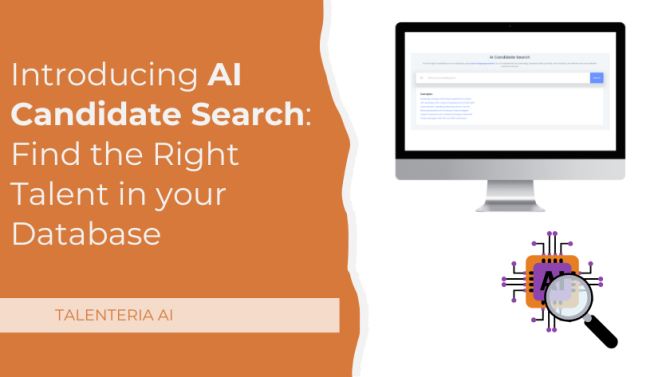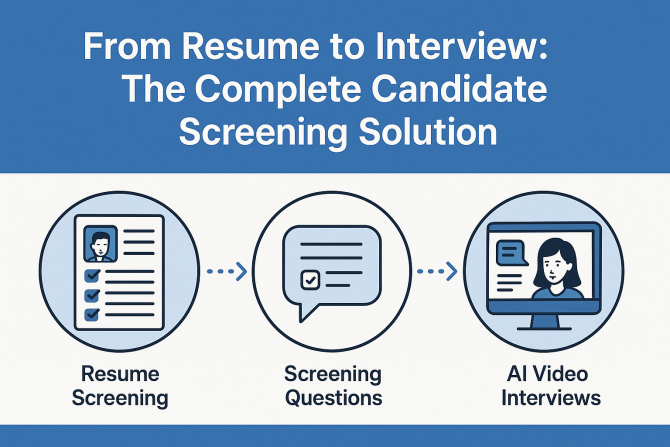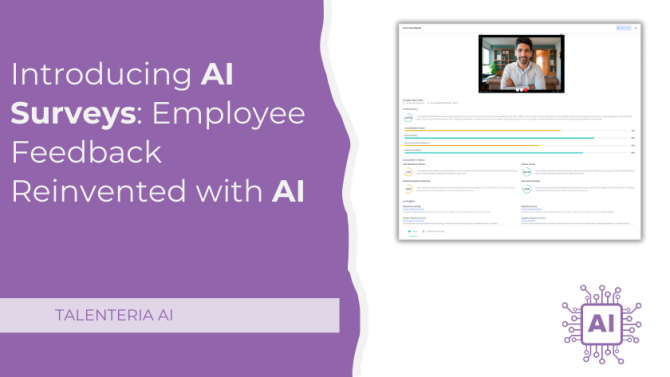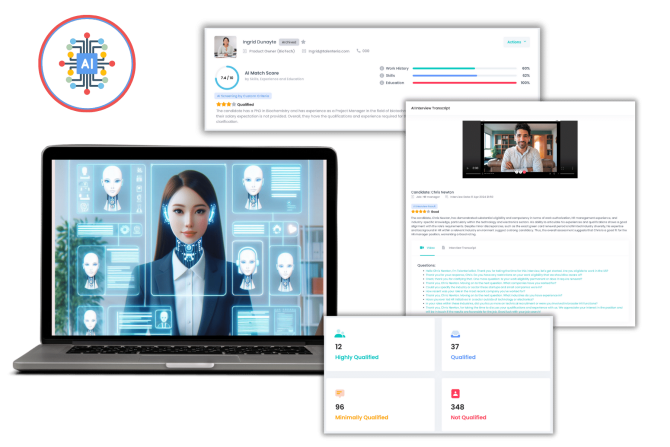
Every organization in the world desires to hire the best among the available talent pool. And why wouldn’t they? The better the quality of the workers, the more efficient the process. The greater the efficiency, the quicker the results will be achieved. The more time saved on one project, the more time is available for other projects.
This is a story that writes itself, and as the HR manager, you play the leading role in the tale. The hiring decision process is under the purview of the Human Resources department, and it is your job to find candidates and employees that will take your company to the next level. But how do you do that? How do you know for sure that the hiring decision you are about to make is the right one?
That is what we will be talking about at length in this article. We will tell you everything you need to know to be able to make the right hiring decision with confidence time and time again. So, without further ado, let us get started!
The Best Tips to Streamline Your Hiring Decision Process
As with everything else in life, practice is what makes you perfect. You can’t just look at someone’s face and decide upon what kind of value they have. Instead, you need a process to follow - read on for a tried-and-true hiring process, curated by Talenteria’s HR experts.
1. Write Down What You’re Looking For
A popular phrase in business is that you will know what you want when you see it. This is simply hyperbole. Nobody really knows what they want based on sight, at least not when candidates and employees are concerned. Instead of operating from an abstract list of qualities that you may or may not find, you should instead put in writing the attributes that set apart your ideal candidate.
Having something in writing is a powerful tool. It is a solid stepping stone, something you can physically come back to again and again if need be. Outline the criteria with which you will judge the many candidates you will screen. Based on how many boxes they check, you can make a decision to consider them further.
2. Use Data and Testing to Narrow Down Choices
We are firmly in the age of data-driven research now, and if you haven’t been leaning into it, you definitely should. The best way to do this for hiring is by using a standardized candidate assessment tool to see how they approach their work and their style of problem-solving. This gives you a great level of insight into the skill level of your candidates.
However, you need to set a benchmark first. This helps you assess the scores achieved by your candidates and see which ones are most competent. The tests assess your candidates without bias and give you a firm result every time. You can take this into account when you choose which candidates to push through to the next round of the hiring process.
3. Set a Standard For All Interviews
Another tool you should consider putting in your box is standardized interviews. What this means is that you ask the same questions in the same order - and award each answer points based on a scale that you have previously prepared. This is pretty much another assessment method, but with a few key benefits.
First of all, you will be eliminating all bias on the side of the interviewer completely. By enforcing a list of standardized questions, you become consistent in your hiring process like never before. All you need to do is prepare a good set of questions and create a good scale for marking the answers you receive.
4. Look at Skills But Don’t Forget Attitude
You might think that the most important thing about a candidate is their skill level and how well they do in your assessments. And while the skill level of a candidate is no doubt important, you must take into consideration how they comport themselves. What is their attitude like in the interview room? How do they sit, how do they talk?
If you get taken in by a highly talented candidate with a bad attitude, you might be making life difficult for your existing employees. If they quit because of this one person who needs an attitude adjustment, then you will be in a huge fix. Seek to understand who they are, what their values are, and what their goals are. It won’t be easy, but you will get a lot more mileage out of a less-experienced candidate who is willing to learn than an expert with attitude problems.
5. Pay Attention to the Questions They Ask
During an interview, a candidate should be encouraged to ask questions of their own. And it is by paying close attention to these questions that you will learn about who they are as a person. Think about what kind of information they seek. What part of the job excites them? What about the company culture confuses them? Does anything they say raise any red flags?
For example, a question like, “What does the role entail?” suggests they have not read the job description. If they haven’t done that, then can they be expected to do the bare minimum should they get the job? There are lots of inferences you can make from the little things, and this is something you need to practice and apply accurately.
6. Make Your Hiring Panel Diverse
Diversity in the workplace is important. When a variety of different perspectives come together, your options increase, as do the chances of you making a better decision. This goes for your hiring panel, too. We all have our preferences and biases. Whether conscious or unconscious, we will always want to make hires that reflect our ideal candidate. This can be misleading.
With a diverse hiring panel, you will be hiring opinions that you might not even have considered before. People from different genders, races, cultures, and socio-economic backgrounds will have very different insights that will help you shape the future of your company. Plus, diversity will keep prejudice and bias in check, helping you make the best hiring decisions.
7. Let Your Candidates Try the Job
Instead of prolonged probation, give your candidates a trial shift or virtual job simulations. This paints the best picture of how your candidates will be like under the pressures of the daily grind. Of course, a short trial is not indicative of how they will perform in the long run, but this is a good way to know whether they have the potential to be a star addition to the squad or not.
8. Set Clear Expectations
One of the first things you should realize about expectations is that they are a two-way street. Just as you have expectations of the candidate to do their job properly, they, too, have expectations of you and the company. Just as you want them to be your ideal candidate, they want your company to be their ideal workplace. That is why it is important to set expectations very early on.
Clear every doubt, answer every question, and detail every process involved with the role, so they know exactly what they are getting into. Also, let them know what it is you expect from them. Give your candidates the contact information of someone who can clear any other doubts. Communication is the key to success.
9. Never Rush the Process
Success depends on you taking the time to implement all of these steps. Give yourself the time to find the right fit because it will cost you a lot more to dismiss someone who doesn’t work and start the whole process again. Do it once, and do it right.
Make the Best Hiring Decisions With Talenteria
Creating a foolproof hiring decision process can normally be tedious, but not with our help. With years of HR assistance under our belt, Talenteria provides the best tools for you to source top talent. Contact us today to learn how we can help you achieve greatness!






